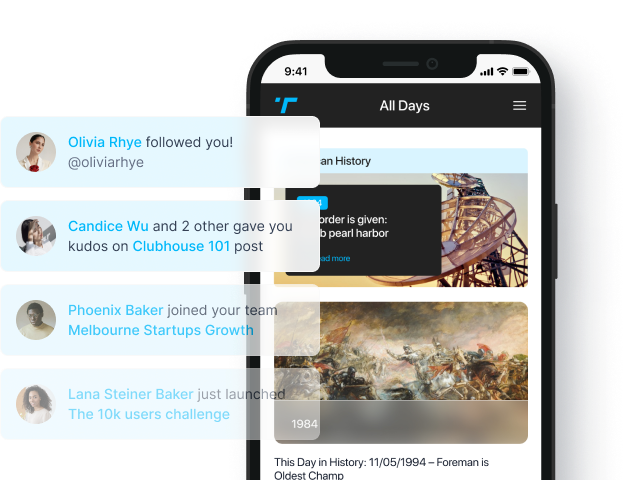Flashback to July 4
American History

1940
A doodlebug train in Cuyahoga Falls, Ohio collides with a multi-car freight train heading the opposite way, killing 43 people.
Read moreOn July 31, 1940, a tragic accident unfolded in Cuyahoga Falls, Ohio, when a doodlebug train collided with a multi-car freight train heading in the opposite direction. The collision resulted in the loss of 43 lives, leaving a deep scar on the community and forever changing the way people viewed train safety.
The doodlebug train, also known as a self-propelled railcar, was a popular mode of transportation during this time, known for its ability to navigate smaller towns and rural areas. On that fateful day, it was carrying passengers who were going about their daily routines, not knowing it would be their last.
The collision happened at a railway crossing, where the paths of the doodlebug and the freight train intersected. It was one of those unfortunate incidents that could happen when multiple factors align, and in this case, it had catastrophic consequences.
Investigations into the accident revealed that several factors contributed to the collision. One primary factor was a communication breakdown between the two trains. Despite the existence of signals and communication systems, there was a failure to relay important information about the approaching trains. This failure created a situation where both trains were unaware of each other’s presence, leading to the collision.
Additionally, the design of the railroad and the specific location of the crossing also played a significant role in the accident. The crossing itself had limited visibility, making it challenging for train operators to see oncoming trains until it was too late. Furthermore, the lack of appropriate safety measures, such as warning signs or barriers, further escalated the risk of collisions at this particular crossing.
The collision between the doodlebug train and the freight train resulted in a devastating loss of life. 43 people lost their lives on that day, leaving countless families and friends in mourning. The community of Cuyahoga Falls was left in shock, grappling with the enormity of the tragedy that had unfolded in their town.
In the aftermath of the accident, significant efforts were made to improve train safety and prevent similar incidents from occurring in the future. The railroad company involved implemented stricter regulations, improved communication systems, and enhanced safety measures at crossings throughout their network.
The tragedy also sparked discussions at a national level, leading to the introduction of stricter regulations and safety standards for trains. The accident brought train safety into the spotlight, shedding light on the importance of robust communication systems, effective signaling, and proper safety measures at all crossings.
Even though the Cuyahoga Falls train collision occurred over 80 years ago, its impact is still felt today. It serves as a reminder of the importance of constant vigilance and improvements in train safety. Innovations in technology, such as better communication systems, advanced signaling, and improved visibility at railway crossings, continue to be developed to prevent future accidents and protect lives.
As we remember the lives lost on that tragic day in Cuyahoga Falls, it is crucial to honor their memory by prioritizing train safety and advocating for continuous advancements in this area. The lessons learned from this incident, as grim as they may be, contribute to a safer future for train travel.
We strive for accuracy. If you see something that doesn't look right, click here to contact us!
Sponsored Content

Due to the post-Independence…
Celebrate the historic debut…

Groundbreaking takes place for…
On July 4, 2004,…

Construction on Erie Canal…
Construction on the Erie…

City of Providence, Rhode…
Discover the rich history…

President Abraham Lincoln asks…
On 7/4/1861, President Abraham…

A Borrelly discovers asteroid…
On July 4, 1893,…

